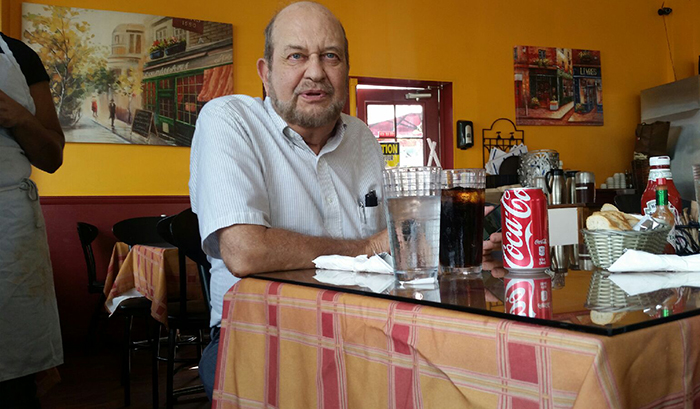Fights are likely this fall over taxes, marijuana, education, water and possibly campaign donations. But if Gov. Brown’s plan to reduce prison populations even farther by easing parole standards reaches the ballot, the biggest battle might be over crime.
A major dispute already rages around the state over whether the combination of Mr. Brown’s prison realignment program and the 2014 Prop. 47 easing of crime standards has produced a large increase in criminal conduct.
Realignment, forced on Mr. Brown by federal courts at the highest levels, put tens of thousands of former prisoners back on the streets, subject only to parole, in order to cut the prison populace to humane levels. Prop. 47, passed by a 3-2 margin in 2014, reduced non-violent felonies like drug possession and thefts valued under $950 to misdemeanors, effectively leaving free almost anyone committing those crimes.
One result seen this spring in an affluent Los Angeles suburb: A squatter with two prior felony convictions lived for weeks in a van parked behind a temporarily vacant house while he was on parole for a third, lesser, offense. He was eventually evicted by five gun-toting policemen and arrested for a parole violation. This repeat felon was not even held overnight. He returned to the backyard early the next morning, not even subject to arraignment for his latest brush with the law.
“That’s just the state of the justice system these days,” said a detective on the eviction detail. “It’s essentially a revolving door.”
Chances are it will become an even faster one if Mr. Brown should succeed with his proposal to end the firm determinate sentencing system he helped set in place during his first turn as governor in the 1970s. Mr. Brown says he will spend a good chunk of the $24 million in campaign funds he has on hand to undo his earlier action.
Bottom Line Is Cloudy
The big question raised by his initiative campaign: Does the current revolving door for most crimes create increased danger? Corollary question: Do Californians pay for the many millions in prison cost savings with a reduction in citizen safety?
The claim is widespread around California that the combination of realignment and Prop. 47 has not led to increased crime. A report presented to Orange County supervisors the other day claimed that one-fourth of the 8,000 felons so far released into that county by realignment have been convicted of another crime in the year after their release. Just over one-third offended again within two years.
Those high rates, the report said, were just about identical to prior recidivism rates, meaning mass prisoner releases did not change much in that county.
“Is California more dangerous as a result of realignment?” asked U.C. Irvine Prof. Charis Kubrin, co-editor of the study. “The answer is no.”
Other statistics look different. Preliminary data released by the FBI indicate crime increased in many California cities over the last four years.
Among the 25 largest U.S. cities, three in California – San Francisco, Long Beach and Los Angeles – had the three highest increases in per capita property crime rates during the first half of 2015, the most recent period for which numbers are available. In San Francisco, property crime rose by 667 cases per 100,000 population from the previous year. The increase in Long Beach was 146.5 property crimes per 100,000 and in Los Angeles just a hair less, at 144.9 more.
The increase in violent crimes was not quite as sharp. Sacramento led the nation with an uptick of 77 violent crimes per 100,000 population during those six months. Los Angeles was third with a rise of 54.1 per 100,000 and Long Beach fifth with 45.8 more violent crimes per 100,000.
Those numbers suggest to some in law enforcement that it makes no sense to ease sentencing further. The Public Policy Institute of California, which previously had issued a report saying crime in the state had not changed much, called the FBI numbers “discouraging.”
Said Marc Debbaudt, immediate past president of the Assn. of Los Angeles County Deputy District Attorneys, “One thing is certain, the victims…represented by increasing crime rates will surely use a harsher word (than discouraging) to describe the soaring crime rate.”
This foretells a ferocious fall battle over crime if Mr. Brown’s measure reaches the ballot.
Mr. Elias may be contacted at tdelias@aol.com. His book, “The Burzynski Breakthrough, The Most Promising Cancer Treatment and the Government’s Campaign to Squelch It,” is now available in a soft cover fourth edition. For more Elias columns, visit www.californiafocus.net

